Introduction
- 1991 was a landmark year in the history of Indian economy. There was a tectonic shift in the Indian economic policy (during this year).
- In 1991, India suffered great economic crisis, which was uncontrollable, the condition was worsening gradually; resultantly, the inflation of the prices of daily use commodities hit the people hard.
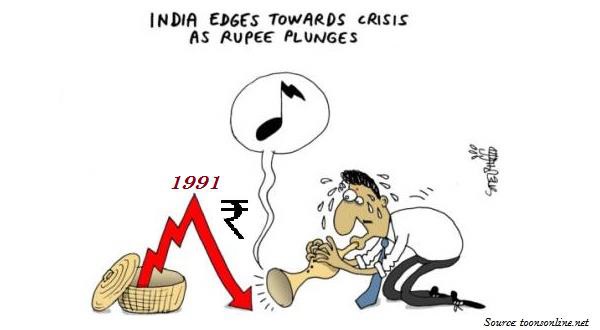
- As the foreign currency reserves went down, the balance of payment crisis was a major challenge for the country to deal with.
- The reason for this crisis was long standing decline in exports, since 1980. When we import some product (such as petroleum), we need to pay in dollars, which we earn through export of our products.
- On the other hand, government’s income was inadequate to address the issue; the revenue that the Government generated through taxation was inadequate.
- India borrowed a loan of $7 Billion from the International Bank for Reconstruction and Development (IBRD), i.e., the World Bank and the International Monetary Fund (IMF), on the condition to liberalise the economic policy and open doors for international trade in India.
Liberalization
- The period from the late 1980s to now witnessed significant reforms. The reforms can be categorized into two groups −
- Stabilisation measures.
- Structural reform policies.
- Stabilisation measures are short-term in nature and attempt to control the crisis situation by maintaining sufficient foreign exchange reserves.
- Structural reform policies are long-term policies that attempt to improve the overall economic condition by increasing the international competitiveness and removing the rigidities and other restraining obstacles.
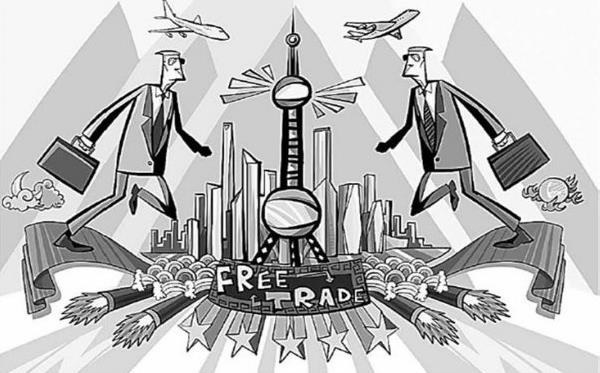
- Under the liberalisation policy of 1991, there were many changes in the areas of licensing and procedures, import of technology, import of capital goods coupled with a reasonable rate of public investment and almost total protection to domestic industries from international competition through quantitative restrictions on imports as well as high tariff rates.
- The industrial licensing system was almost abolished except for some industries such as cigarettes, alcohol, hazardous chemicals, electronics, aerospace, drugs and pharmaceuticals and industrial explosives.
- Particular industries such as the defence equipment, atomic energy generation, and railway are kept exclusively under the public sector.
- There are some industries that have been provided the liberty to fix the prices for their products by the government.
- Financial sector, which includes banks, stock exchange operations, and foreign exchange market were to be regulated and controlled by Reserve Bank of India (RBI), but the policy brought in a change, wherein, many of the financial institutions have been given liberty to take NOT ALL, but some major financial decisions on their own.
- Many Foreign Institutional Investors (FII) including merchant bankers, pension funds, mutual funds, etc. are allowed to invest in the Indian financial market.
- Tax policies and public expenditure policies are collectively known as fiscal policy.
- Tax is categorized into two parts — Direct Tax and Indirect Tax.
- Direct taxes are taxes collected on the income of individuals as well as business enterprises. After liberalization, the share of direct tax is coming down.
- Taxes levied on goods and commodities are known as indirect tax.
- Foreign exchange market has also been reformed and this helps to resolve the crisis of balance of payments.
- Trade and investment policy reforms increased the international competitiveness of the industrial sector.
- To protect domestic products and industries, the government used to impose quantitative restrictions on imports by keeping the tariffs very high. This policy has also underwent reforms now.
- Import licensing was removed; however, it remained active for the hazardous and environmentally sensitive industries.
- Quantitative restrictions have been completely abolished from April 2001.
- Export duties have also been removed to increase the competitive position of Indian goods in the international market.
Privatisation
- Privatisation means opening the doors of the sectors and industries which were once preserved for the government. This also includes selling the government-owned enterprises to private companies.
- Government companies transformed into private companies either by −
- Government’s withdrawal from the ownership and management, or,
- Selling the public sector companies to private companies.
- Selling a part of the equity of government enterprises to the public is called Disinvestment.
- Besides, to improve the efficiency of certain public sector industries, government has vested on them, the autonomy to take managerial decisions. And, some of the industries, which are highly regarded have been awarded the status of Maharatnas, Navratnas, and Miniratnas.
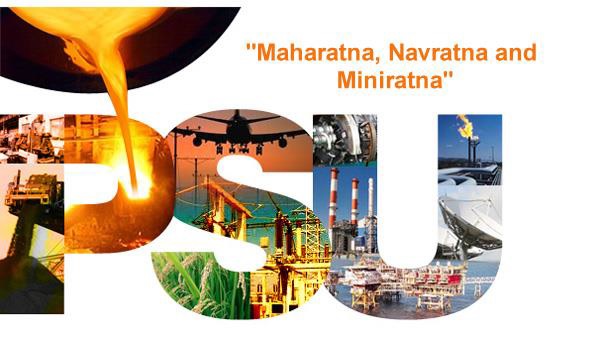
- Maharatnas include Indian Oil Corporation Limited and Steel Authority of India Limited.
- Navratnas include Hindustan Aeronautics Limited and Mahanagar Telephone Nigam Limited.
- Miniratnas include Bharat Sanchar Nigam Limited, Airport Authority of India, and Indian Railway Catering and Tourism Corporation Limited.
Globalisation
Globalisation is a complex phenomenon, which was a result of the integration of world economy and trade interdependence.
- Because of advanced development of information technology, many of the services now are getting outsourced. For example −
- Business Process Outsourcing (BPO)
- Voice-based business process
- Record keeping
- Banking services
- Accountancy
- Film editing
- Music recording
- Book writing
- Research and editing, etc.
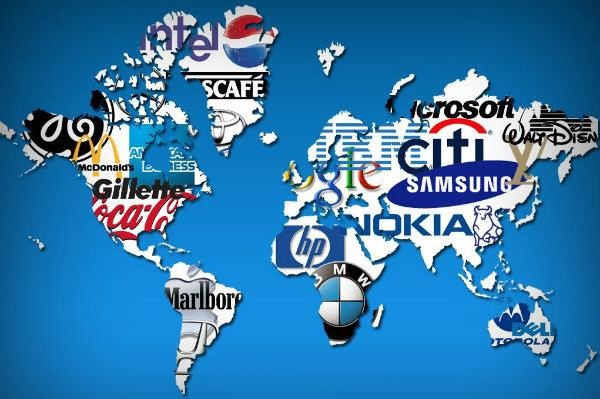
- Globalization helped to promote many Indian companies in the international market. It led to Indian companies opening their branches in different countries of the world. For example, ONGC Videsh operates in 16 countries, Tata Steel operates in 26 countries, HCL in 31 countries.
World Trade Organization (WTO)
- WTO was established in 1995.
- It was preceded by GATT (General Agreement on Trade and Tariff), which was established in 1948, which had 23 member countries participating in it.
- It was a multilateral trade agreement established with the objective to offer equal opportunity to all countries in the international market for the trading.
- WTO agreement covers goods as well as services and intended to provide equal opportunity to all by removing the various tariff rates (in different countries) and non-tariff barriers.
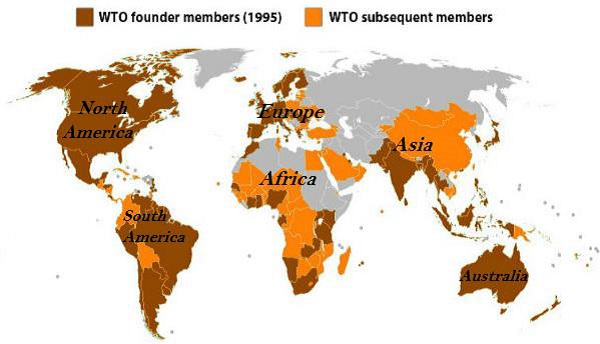
- As a member of WTO, India also follows the WTO’s agreements.
After the Reform Period
- After the reform of 1991, agriculture sector witnessed a decline; there was a fluctuation in the industrial sector, and the service sector experienced a significant growth.
- Foreign Direct Investment (FDI) and Foreign Institutional Investment (FII) have increased from about USD 100 million (in 1990-91) to USD 467 (billion in 2012-13).
- Though under the policy of globalisation, international market is open for all and there are equal opportunities for all; however, some economists are of the opinion that it is more beneficial for the developed countries.
- Local industries of developing countries are also facing lot of problems, as they now have to compete with the companies in foreign countries.
- Developing countries still have no access to developed countries’ local markets.
- Indian government since 1991, sets the amount of disinvestment target every year; in 2013-14, the target was about Rs. 56,000 Crores and it has achieved target of only about Rs. 26,000 Crores.
Siricilla Tragedy − Power sector reforms has increased the power tariff, which has badly affected the workers working especially in small scale industries.

No comments:
Post a Comment